Home>Storage Ideas>Kitchen Storage>How Do I Choose A Kitchen Style? 7 Vital Points To Consider
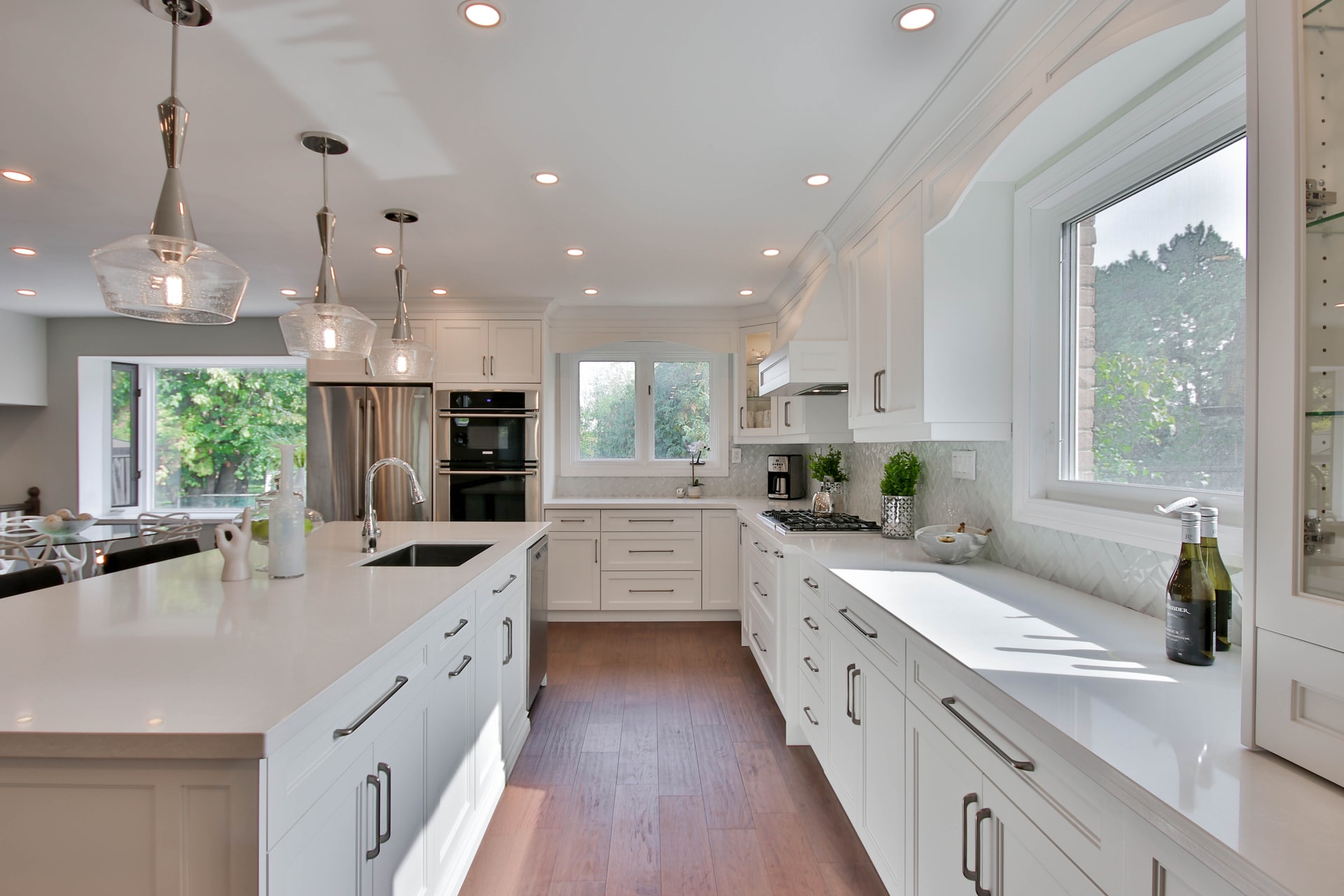

Kitchen Storage
How Do I Choose A Kitchen Style? 7 Vital Points To Consider
Modified: January 18, 2024
Looking to choose a kitchen style? Discover 7 vital points to consider when selecting your ideal kitchen design, including clever kitchen storage ideas.
(Many of the links in this article redirect to a specific reviewed product. Your purchase of these products through affiliate links helps to generate commission for Storables.com, at no extra cost. Learn more)
Introduction
Choosing the right kitchen style is an important decision when creating your dream kitchen. The kitchen is the heart of the home, where families gather, meals are prepared, and memories are made. With so many styles to choose from, it can be overwhelming to find the perfect one that suits your taste, lifestyle, and budget.
In this article, we will explore the key factors to consider when choosing a kitchen style. From your personal taste and preference to the existing architecture of your home, each decision you make will contribute to creating a kitchen that reflects your individuality and meets your functional needs.
So, let’s dive into the exciting journey of selecting a kitchen style that will transform your cooking space into the heart of your home!
Key Takeaways:
- Personal Taste and Lifestyle
Choose a kitchen style that reflects your personality and lifestyle. Consider your preferences, cooking habits, and the atmosphere you want to create in your kitchen to make it a space you truly love. - Harmonize with Home Design
Align your kitchen style with the existing architecture and layout of your home. Consider the era, layout, and size of your home to create a cohesive and harmonious look that adds value and enhances the overall appeal.
Your Personal Taste and Preference
When it comes to choosing a kitchen style, your personal taste and preference should be the guiding force. Your kitchen should be a reflection of your personality and style, and a place where you feel comfortable and inspired.
Start by considering the overall aesthetic that appeals to you. Do you prefer a modern and sleek look, or are you drawn to a more traditional and timeless design? Think about the colors, materials, and finishes that resonate with you.
Consider your lifestyle and the atmosphere you want to create in your kitchen. If you enjoy hosting and entertaining guests, you may lean towards an open and inviting layout with a kitchen island for gathering and socializing. On the other hand, if you prefer a cozy and intimate space, a closed-off kitchen with warm and earthy tones may be more appealing.
Take inspiration from various sources such as interior design magazines, websites, and even social media platforms like Pinterest and Instagram. Create a mood board or a collection of images that showcase the styles and elements that resonate with you the most.
Remember, trends come and go, but your personal taste is more enduring. Choose a kitchen style that you genuinely love and that you can envision yourself enjoying for years to come.
The Existing Architecture and Design of your Home
When choosing a kitchen style, it is essential to consider the existing architecture and design of your home. The kitchen should harmonize with the overall aesthetic and flow seamlessly with the rest of the house.
Start by analyzing the architectural style of your home. Is it a contemporary, farmhouse, colonial, or mid-century modern? Understanding the architectural elements will help you select a kitchen style that complements and enhances the overall design.
Consider the layout and size of your home as well. If you have an open floor plan, you may want to choose a kitchen style that blends seamlessly with the adjacent living and dining areas. On the other hand, if your home has a more traditional layout with separate rooms, a classic or transitional kitchen style might be a better fit.
Another crucial factor to consider is the era in which your home was built. Older homes often have architectural details and features that lend themselves to specific kitchen styles. For example, a Victorian-era home might call for a kitchen with ornate cabinetry and vintage-inspired elements, while a mid-century modern house would benefit from a sleek and minimalist kitchen design.
By aligning your kitchen style with the existing architecture, you can create a cohesive and harmonious look that adds value and enhances the overall appeal of your home.
Available Space and Layout
When choosing a kitchen style, it’s crucial to consider the available space and layout of your kitchen. The size and shape of your kitchen will determine the practicality and functionality of different kitchen styles.
If you have a small kitchen with limited space, you may want to opt for a compact and efficient style, such as a galley or U-shaped kitchen. These layouts maximize the use of space and provide ample storage and countertop area.
On the other hand, if you have a larger kitchen and enjoy cooking and entertaining, you may want to consider an open-concept kitchen with an island or peninsula. This layout allows for increased interaction and creates a focal point in the room.
Pay attention to the traffic flow in your kitchen. Ensure that there is enough space between appliances, countertops, and cabinets to move around comfortably. Consider the location of doorways, windows, and other architectural elements that may impact the layout.
Additionally, think about the storage needs of your kitchen. Different kitchen styles offer varying storage options, from open shelves and glass-front cabinets to pantry cabinets and hidden storage solutions. Assess your storage requirements and choose a kitchen style that can accommodate your needs.
By considering the available space and layout, you can optimize functionality and create a kitchen that is both practical and aesthetically pleasing.
Functionality and Practicality
When selecting a kitchen style, it’s important to prioritize functionality and practicality. Your kitchen should be designed to meet your specific needs and make your daily tasks more convenient and efficient.
Start by considering your cooking habits and lifestyle. Do you consider yourself an avid cook who spends a lot of time in the kitchen? If so, you may want to prioritize a kitchen style that offers ample countertop space for food preparation and cooking. Consider incorporating features like a double oven, a large cooktop, or a spacious kitchen island.
Think about the storage requirements of your kitchen. Assess your cooking equipment, small appliances, and utensils to determine how much storage you need. Look for kitchen styles that offer a good balance of cabinets, drawers, and pantry space to keep your kitchen organized and clutter-free.
Consider the ease of maintenance and cleaning when choosing a kitchen style. Some styles, like modern and minimalist designs, typically have smooth surfaces and clean lines that are easier to clean. On the other hand, intricate detailing or open shelving may require more effort to keep tidy.
It’s also essential to consider the durability of the materials used in the kitchen style. Opt for high-quality materials that can withstand the rigors of daily use and are resistant to stains, scratches, and heat.
Remember that functionality and practicality should be at the forefront of your decision-making process. While aesthetics are important, a beautiful kitchen is only truly successful if it meets your practical needs and makes your everyday life more convenient.
Consider the overall aesthetic of your home, the size of your kitchen, your cooking habits, and the level of maintenance you are willing to commit to. These factors will help you choose a kitchen style that suits your needs and preferences.
Read more: How Do I Choose A Projector
Budget Constraints
One of the most significant factors to consider when choosing a kitchen style is your budget. Setting a realistic budget upfront will help guide your decision-making process and ensure that you can create a kitchen that meets your expectations without breaking the bank.
Start by determining how much you are willing to spend on your kitchen remodel or renovation. Consider factors such as the cost of materials, labor, appliances, and any additional upgrades or customizations you desire.
Research different kitchen styles and their associated costs. Some styles may require more expensive materials or intricate detailing, while others may be more budget-friendly. By understanding the cost implications of each style, you can narrow down your options and focus on those that align with your budget constraints.
Consider the long-term costs and return on investment as well. While it may be tempting to choose the most affordable option, it’s important to think about the durability and lifespan of the materials used. Investing in high-quality materials and craftsmanship can save you money in the long run by minimizing the need for repairs or replacements.
Be sure to get multiple quotes from contractors or kitchen specialists to compare prices and ensure that you are getting a fair deal. They can give you a better idea of the costs involved and provide recommendations on cost-effective alternatives.
Remember, your budget is an important factor, but it shouldn’t compromise the quality or overall design of your kitchen. With proper planning and research, you can find a kitchen style that fits within your budget and still delivers the aesthetic and functionality you desire.
Maintenance and Durability
When choosing a kitchen style, it’s essential to consider the maintenance and durability of the materials and finishes used. Your kitchen should not only look beautiful but also be able to withstand the demands of daily use and stand the test of time.
Start by considering your lifestyle and how much time and effort you are willing to invest in maintaining your kitchen. Some styles may require more frequent cleaning and upkeep, while others are more low-maintenance.
Consider the materials used for countertops, cabinets, and flooring. For example, natural stone countertops like granite or quartz are durable, but they may require regular sealing to prevent stains and damage. On the other hand, laminate or solid surface countertops are more affordable and easier to maintain.
Think about the finishes and hardware as well. Polished surfaces may show fingerprints and smudges more easily, while matte finishes can be more forgiving. Consider the ease of cleaning and the longevity of the finishes to ensure they can withstand the wear and tear of daily use.
It’s also important to choose materials that are resistant to moisture, heat, and scratches. Kitchens are high-traffic areas where spills and accidents are bound to happen. Opt for materials that can handle common kitchen mishaps without sacrificing their appearance or functionality.
Additionally, consider the warranty and lifespan of the materials and appliances. Investing in high-quality products with solid warranties will provide you with peace of mind and ensure that your kitchen remains in good condition for years to come.
By selecting materials and finishes that are durable and require minimal maintenance, you can enjoy a beautiful and functional kitchen without the constant worry of repairs or replacements.
Lifestyle and Cooking Habits
Your lifestyle and cooking habits play a significant role in determining the most suitable kitchen style for your needs. Understanding how you use your kitchen and what features would enhance your cooking experience is essential in creating a space that caters to your specific requirements.
Consider the frequency and type of cooking you do. Are you an avid home cook who loves experimenting with new recipes? Or do you prefer quick and easy meals? Your cooking habits will influence the layout and functionality of your kitchen.
If you love hosting dinner parties or socializing while cooking, an open-concept layout with a kitchen island or peninsula may be ideal. This setup allows for seamless interaction with guests and provides additional workspace for meal preparation and serving.
If you have a busy schedule and prioritize convenience, consider a kitchen style that emphasizes efficiency and organization. Look for ample storage options, easy-to-clean surfaces, and appliances that simplify your cooking process, such as a double oven or a built-in microwave.
Think about your storage needs as well. If you have an extensive collection of cookware, utensils, and appliances, a kitchen style with sufficient cabinet space and smart storage solutions would be beneficial.
Consider how your kitchen integrates with other areas of your home. If you have an open floor plan with a connected dining or living area, ensure that the kitchen style complements the overall aesthetic to create a cohesive and harmonious flow.
Don’t forget to factor in any specific requirements or preferences you have. For example, if you are passionate about sustainability, seek out eco-friendly materials and appliances in your kitchen design choices.
By tailoring your kitchen style to your lifestyle and cooking habits, you can create a space that not only meets your functional needs but also enhances your overall culinary experience.
Conclusion
Choosing a kitchen style is an exciting and personal journey that involves considering various factors to create a space that is both visually appealing and functional. By taking into account your personal taste and preference, the existing architecture and design of your home, the available space and layout, the functionality and practicality, budget constraints, maintenance and durability, and your lifestyle and cooking habits, you can make an informed decision that meets your needs and brings your kitchen dreams to life.
Remember, your kitchen style should reflect your personality and create a space where you feel comfortable and inspired. Don’t be afraid to get creative and think outside the box to design a kitchen that aligns with your unique vision.
Take the time to research different kitchen styles, gather inspiration, and consult with professionals if needed. Visualize how each style would look and function in your space and imagine yourself enjoying and utilizing the kitchen on a day-to-day basis.
Lastly, prioritize a balance between aesthetics and functionality. The kitchen is not just a showpiece, but a place where memories are made, meals are prepared, and laughter is shared. Strive to create a kitchen that not only looks stunning but also meets your practical needs and enhances your lifestyle.
With careful consideration and attention to detail, you can choose a kitchen style that you will love for years to come, and that will become the heart of your home for both family gatherings and everyday routines.
Frequently Asked Questions about How Do I Choose A Kitchen Style? 7 Vital Points To Consider
Was this page helpful?
At Storables.com, we guarantee accurate and reliable information. Our content, validated by Expert Board Contributors, is crafted following stringent Editorial Policies. We're committed to providing you with well-researched, expert-backed insights for all your informational needs.
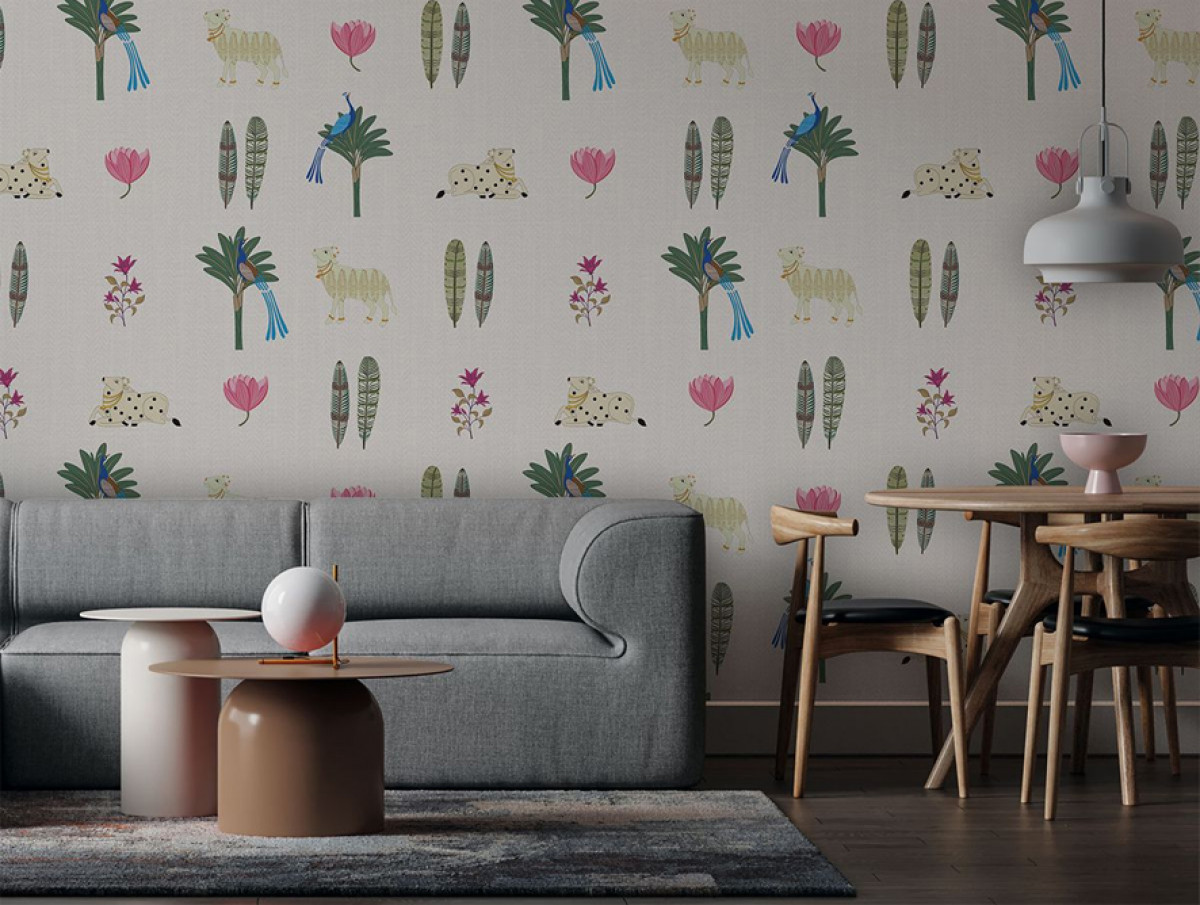
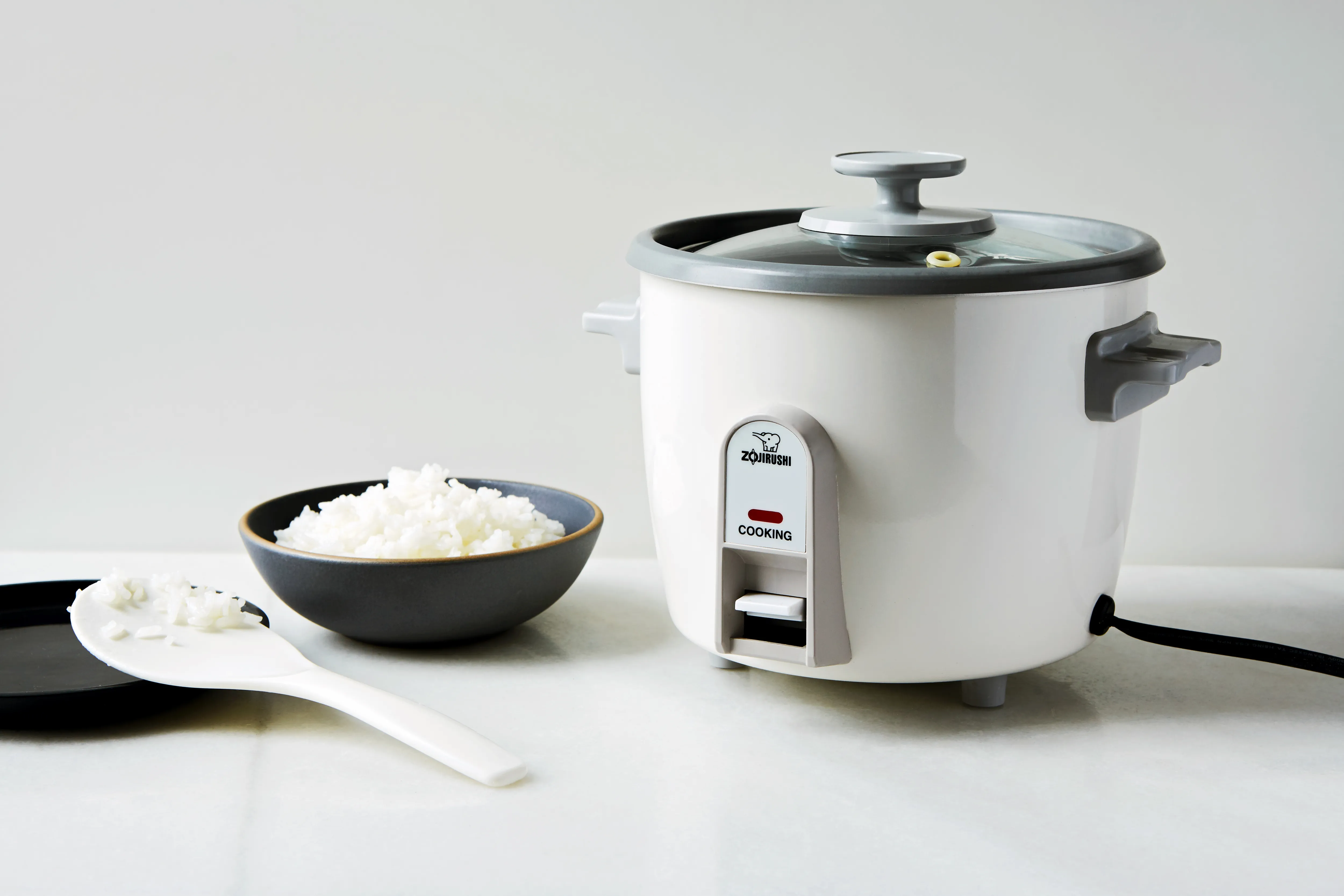
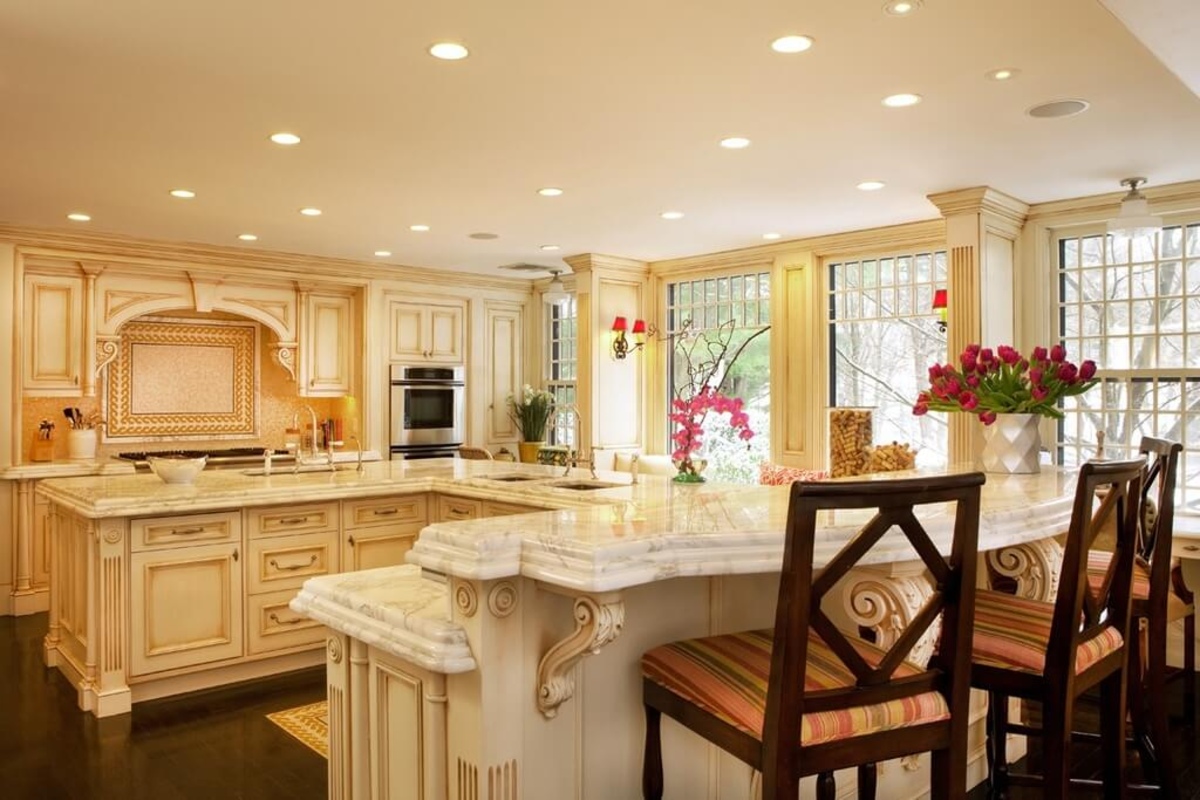

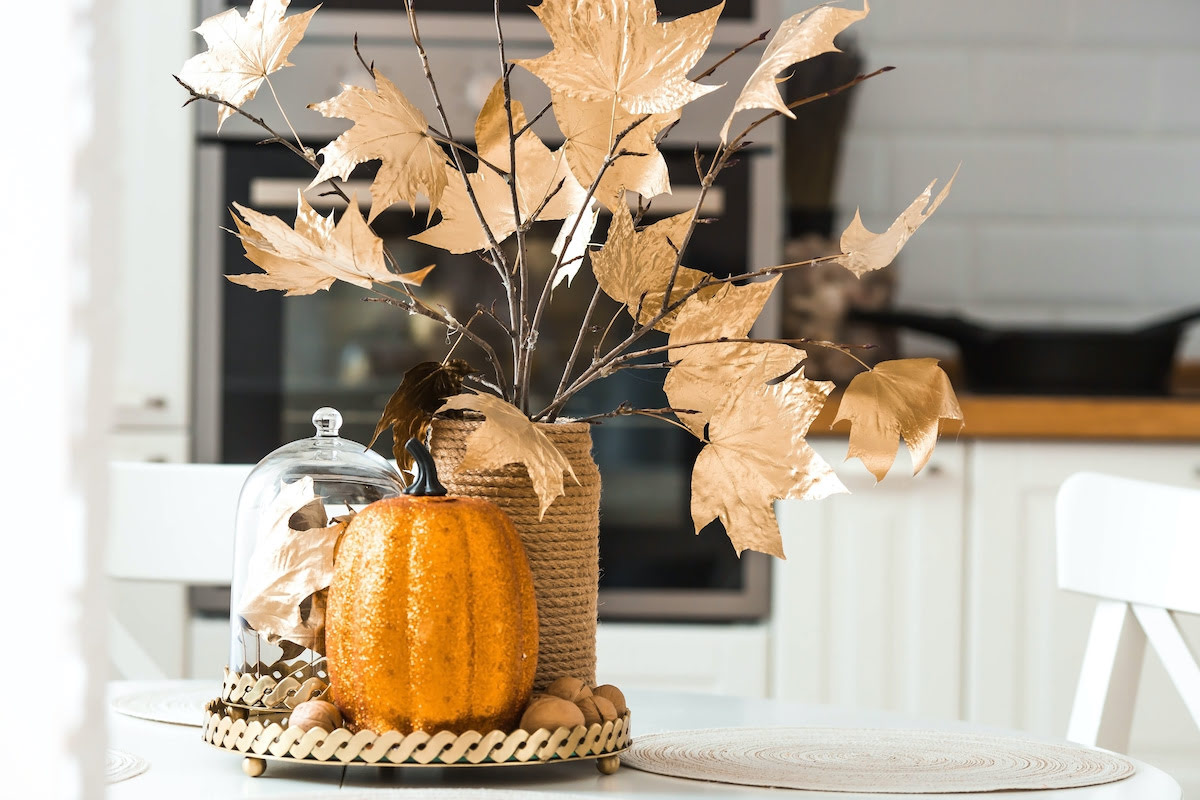
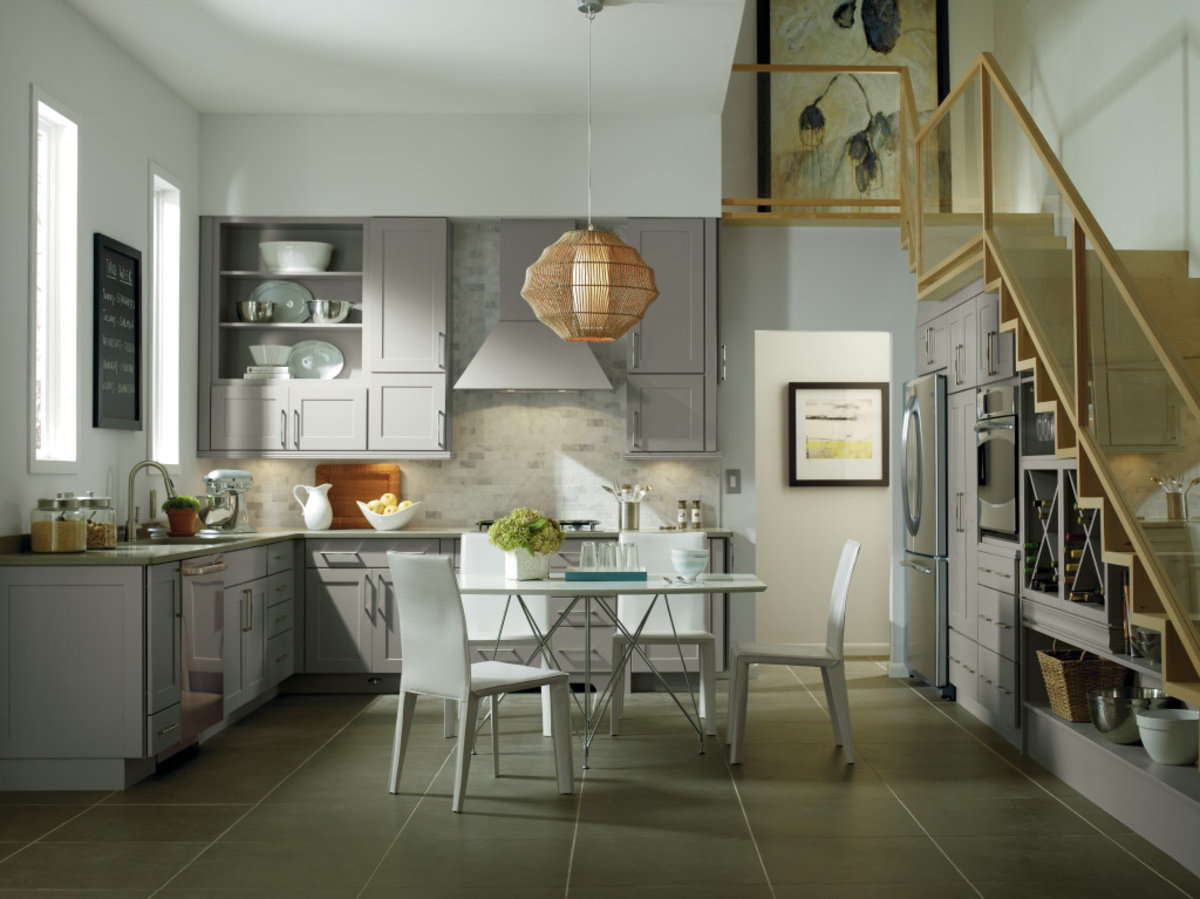
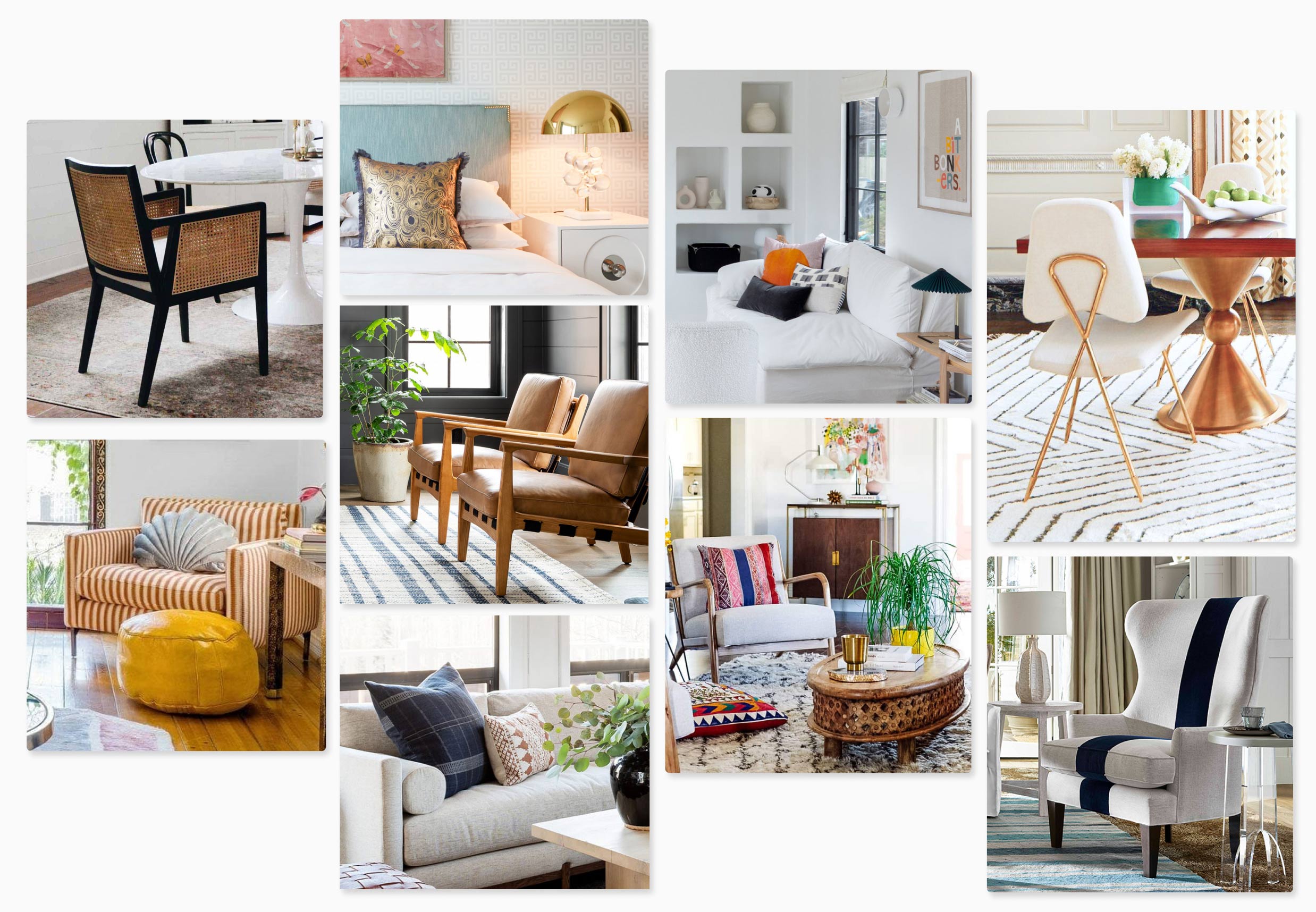
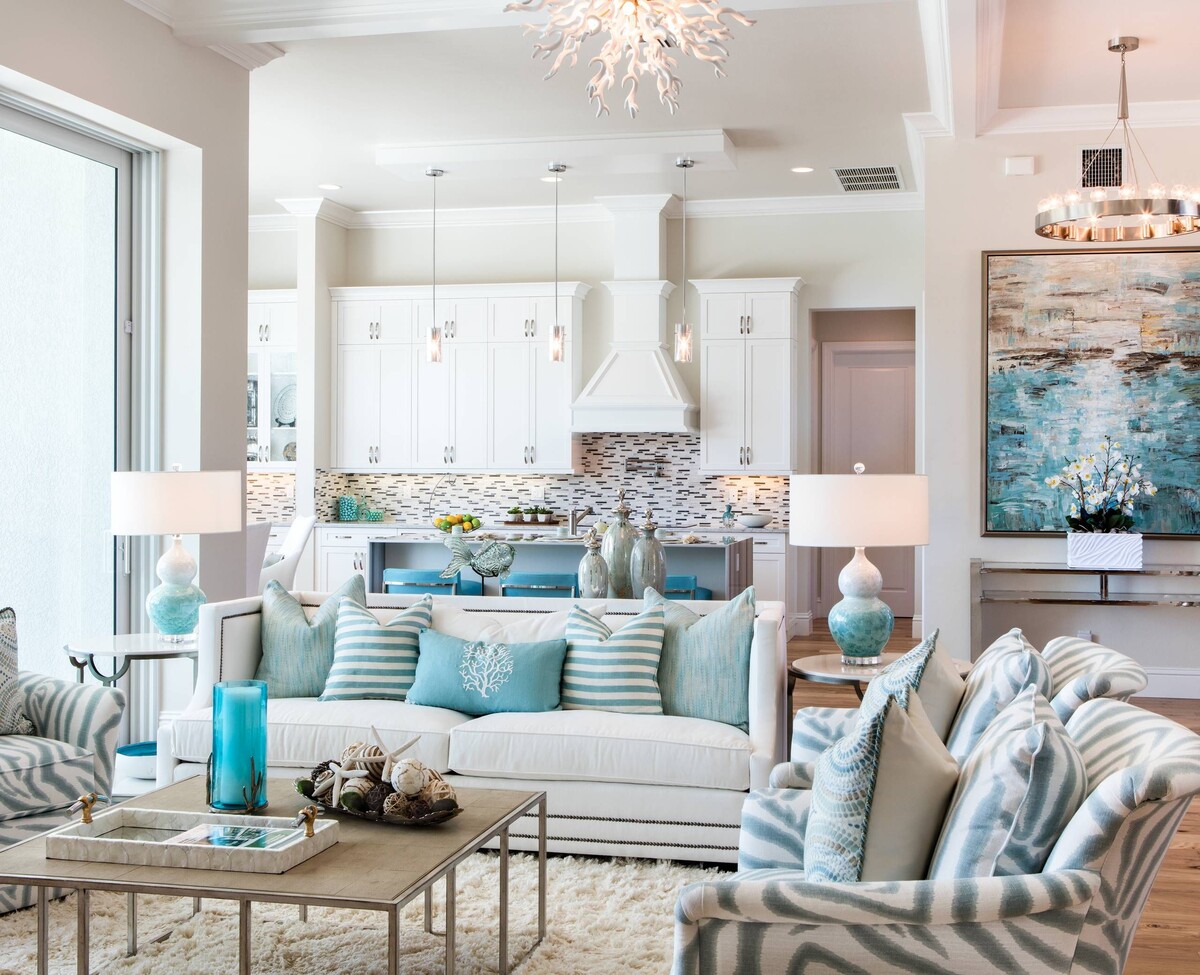
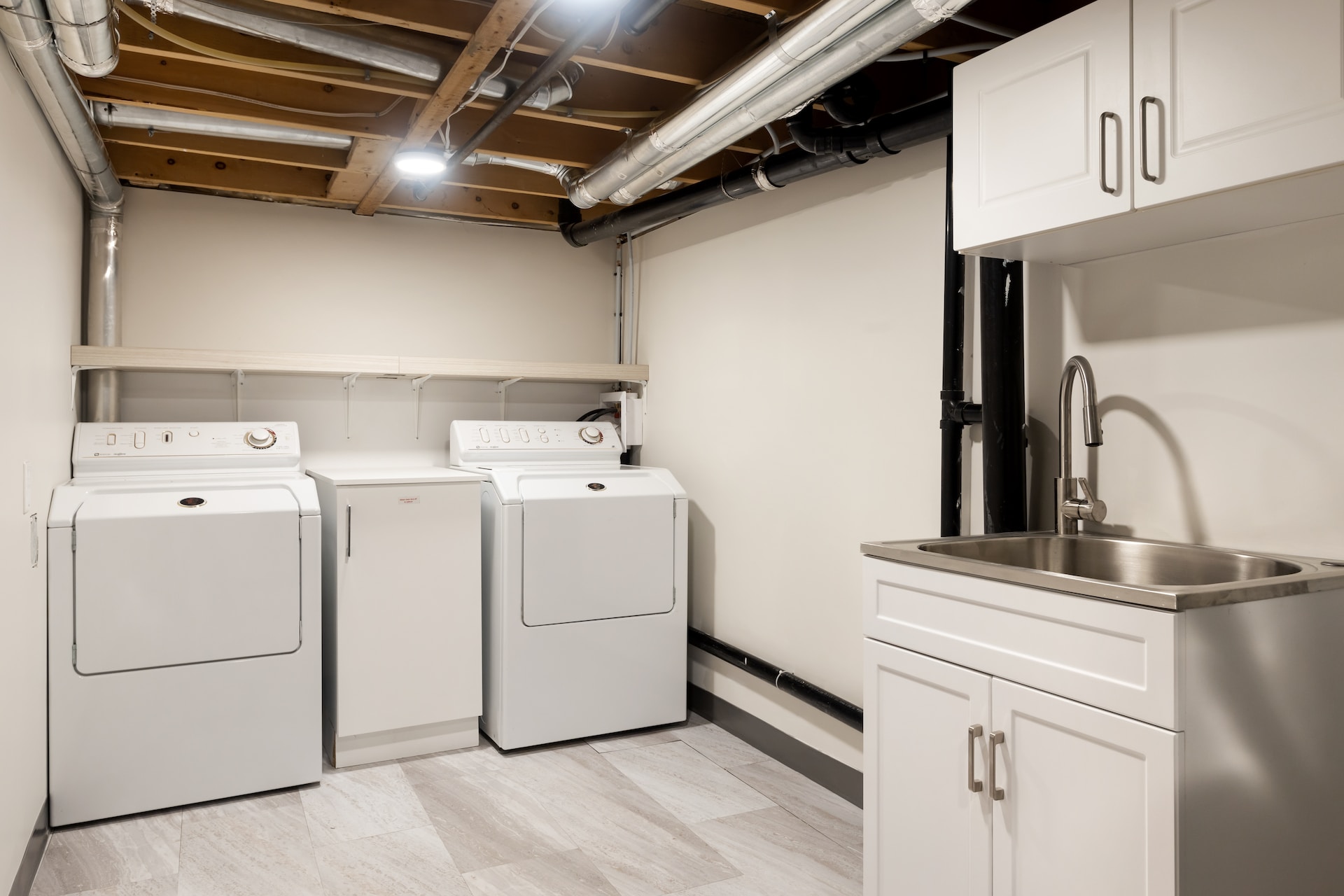
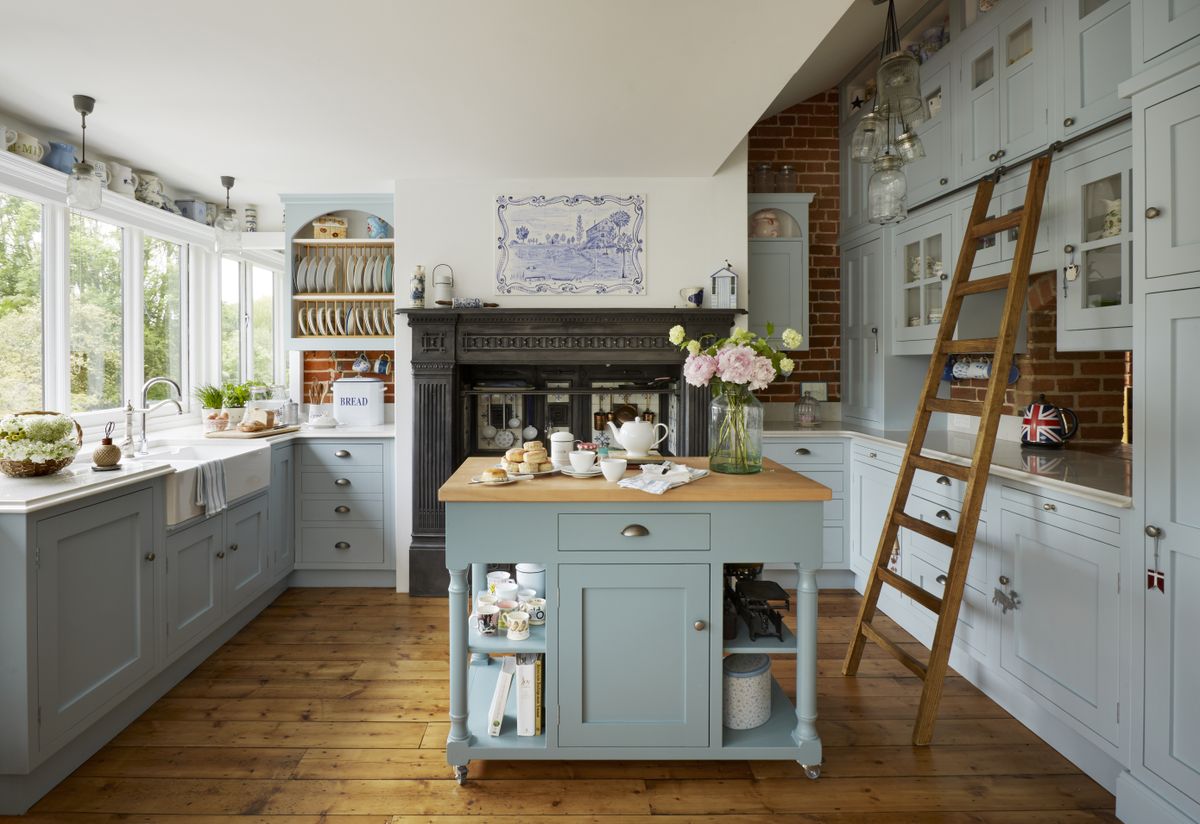
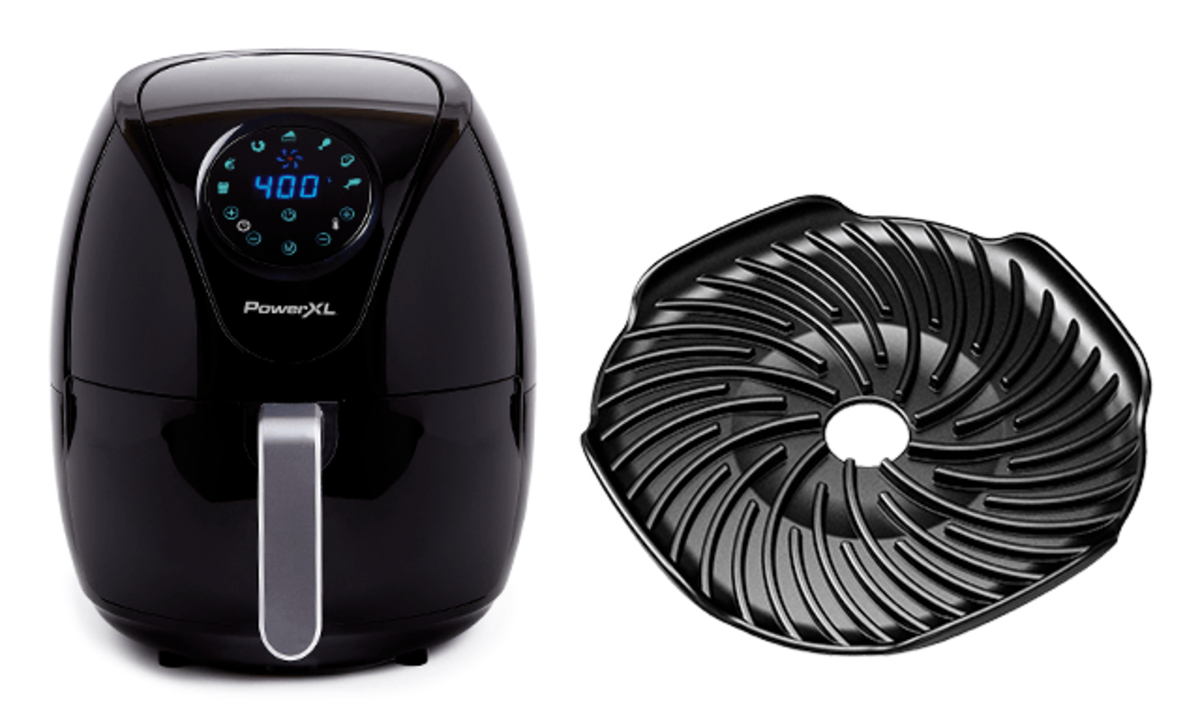
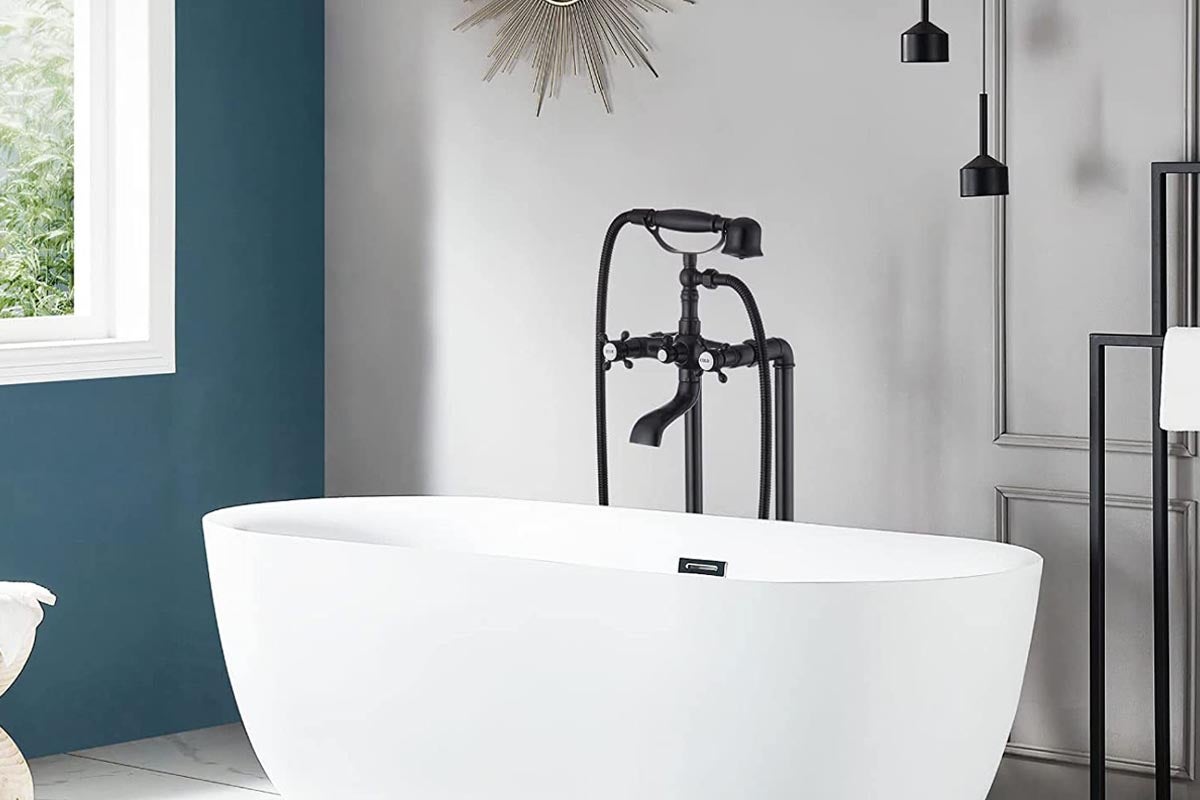
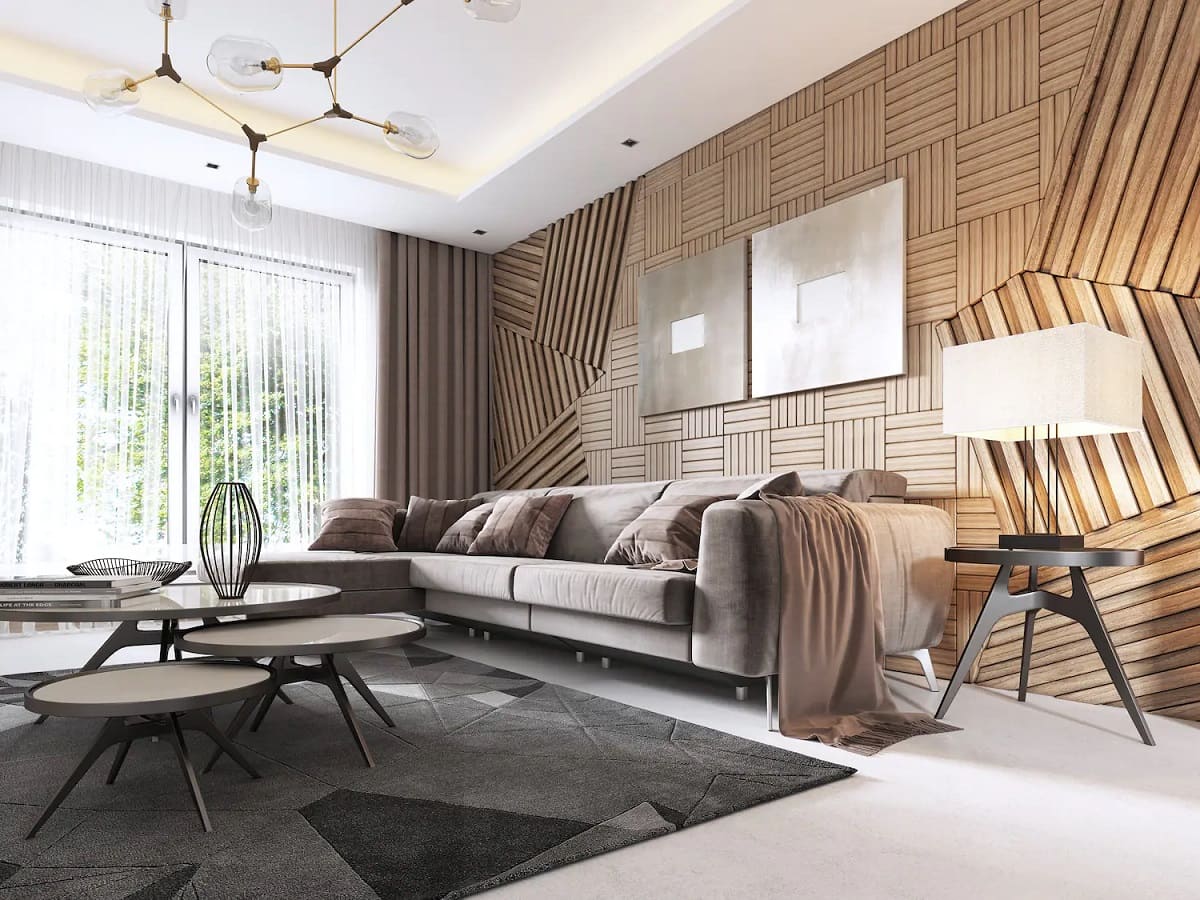
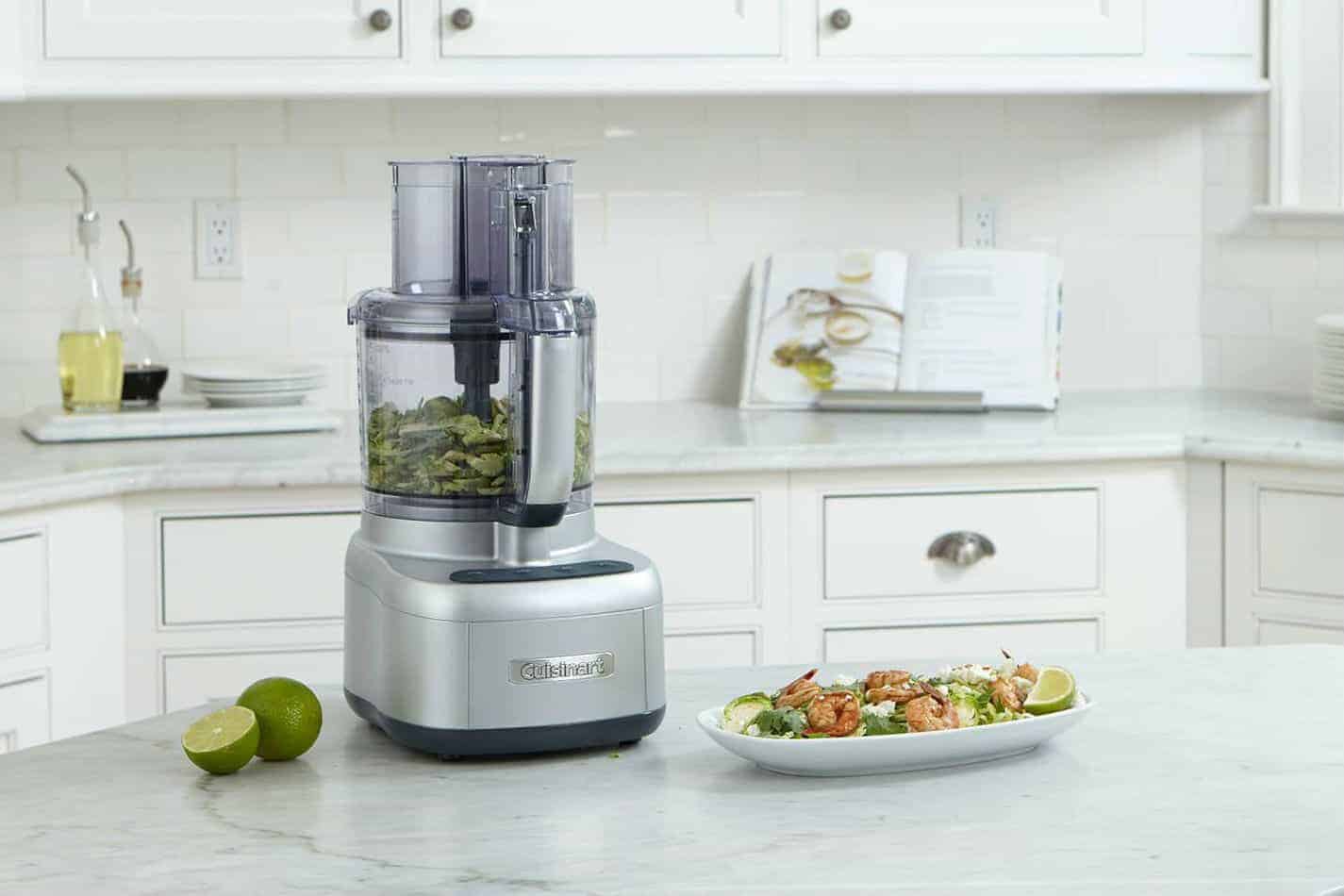

0 thoughts on “How Do I Choose A Kitchen Style? 7 Vital Points To Consider”